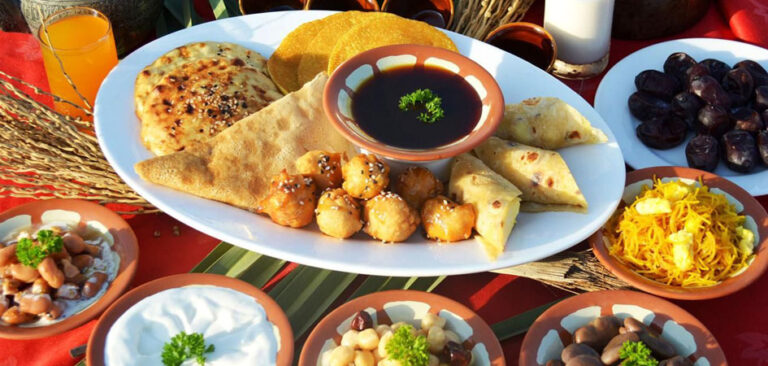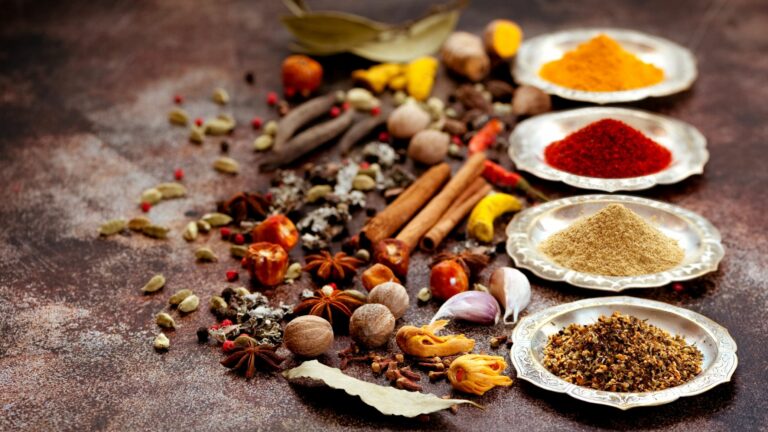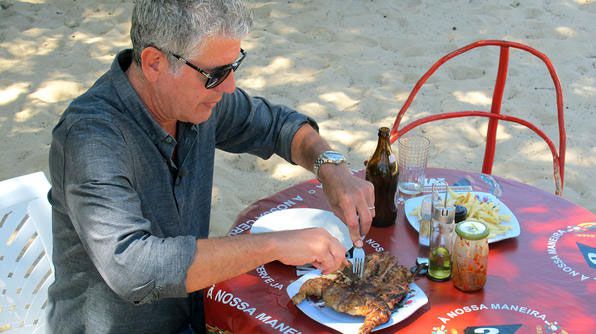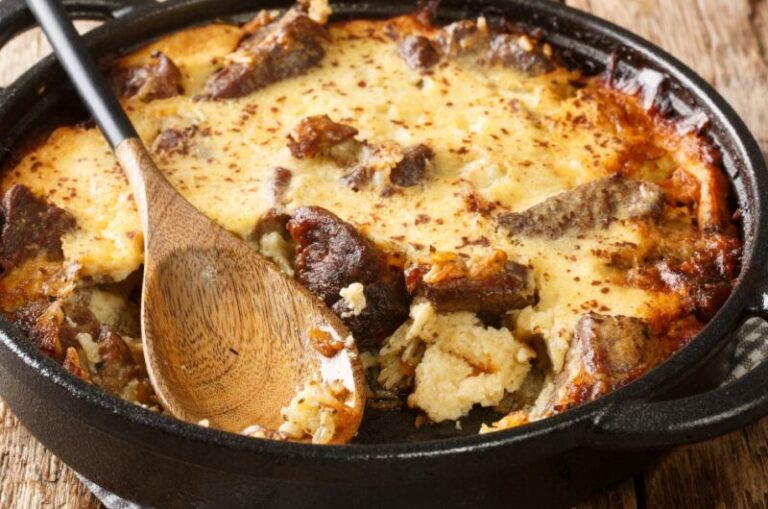Introduction to Emirati Cuisine
Emirati cuisine is a rich blend of Arabic, Middle Eastern, and Asian influences. The cuisine is known for its bold flavors, aromatic spices, and elaborate use of ingredients. The cuisine is largely influenced by the country’s history and geography, as well as the availability of ingredients.
In the past, before the discovery of oil, Emiratis were predominantly fishermen, date farmers, and pearl divers. The cuisine was largely based on these primary ingredients, which were supplemented by spices and herbs that were traded along the spice route. Today, Emirati cuisine has evolved to include a wide range of ingredients, but staples such as dates, rice, and seafood are still an integral part of the cuisine.
Staple Ingredients in Emirati Cooking
Emirati cuisine relies heavily on ingredients that are readily available in the region. Some of the staple ingredients include dates, rice, spices and herbs, meat, and seafood. These ingredients form the foundation of Emirati cooking and are used in a variety of ways to create delicious dishes.
Dates: A Sweet and Versatile Ingredient
Dates are a staple ingredient in Emirati cooking and are used in both sweet and savory dishes. They are commonly eaten as a snack and used as a natural sweetener in desserts, such as ma’amoul, a date-filled pastry, and luqaimat, a fried dough ball. Dates are also used in savory dishes such as stews, where they add a natural sweetness and depth of flavor.
Rice: The Basis for Many Emirati Dishes
Rice is a staple ingredient in Emirati cuisine and is the basis for many dishes such as machboos, a spiced rice dish that is often served with meat or seafood. Rice is also used in desserts, such as balaleet, a sweet vermicelli pudding flavored with saffron and rose water.
Spices and Herbs: Adding Flavor to Emirati Cuisine
Spices and herbs are an essential part of Emirati cooking and are used to add bold flavors and aromas to dishes. Some of the commonly used spices include cinnamon, cardamom, cumin, and saffron, while herbs such as coriander and mint are used to add freshness to dishes.
Meat and Seafood: Essential Protein Sources in Emirati Cuisine
Meat and seafood are essential sources of protein in Emirati cuisine. Some of the commonly used meats include lamb and chicken, while seafood such as fish and shrimp are popular in coastal regions. Meat and seafood are often marinated in spices and herbs before being grilled or stewed, imparting a rich depth of flavor to the dishes.













